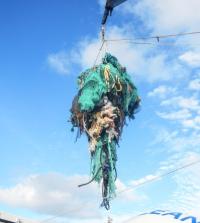 Good ideas are rarely new. Container ships revolutionized liner shipping in the 1960s and 70s. Nevertheless, the idea of carrying cargo in easily handled standardized containers goes back at least 2,000 years.
Good ideas are rarely new. Container ships revolutionized liner shipping in the 1960s and 70s. Nevertheless, the idea of carrying cargo in easily handled standardized containers goes back at least 2,000 years.
I was reminded of this when reading about the recent discovery of a shipwreck found near the fishing port of Fiskardo on the north coast of Kefalonia, Greece, dating between 1 BC and AD 1, according to Greek researchers. The upper portion of the 34-meter Roman ship is gone, but its cargo of an estimated 6,0000 amphorae is in remarkably good shape. The Daily Mail notes that the Fiskardo shipwreck is one of the largest four found in the Mediterranean Sea, and the largest yet found in the eastern Mediterranean.
An amphora is a distinctive type of clay container usually with two handles, a narrow neck, and often a pointed base. It was widely used in early Mediterranean shipping to carry both liquids and dry goods. While they are commonly associated with wine, they were also used to transport grains and other goods that needed protection from the weather. They came in a variety of different sizes ranging from 5′ tall to less than a foot high. Most were around 3′ tall and carried around 100 pounds of cargo. The pointed end made them easy to sit upright in sand or soil and they could either be carried by one or two persons using the handles or be rolled up a ramp to the ship for loading. Continue reading →
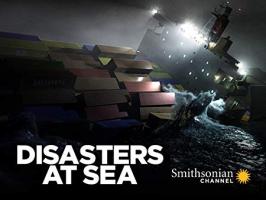 There are so few well-done documentary series involving ships and the sea that it seems worth pointing out that the excellent Disasters at Sea has been picked up for a second season. The series is produced by Exploration Production Inc. in association with Smithsonian Networks and Discovery Channel (Canada). Season Two was broadcast in Canada last summer and fall and is now being broadcast on the Smithsonian channel in the US. Episodes are also available on Amazon Prime, YouTube, and other streaming services.
There are so few well-done documentary series involving ships and the sea that it seems worth pointing out that the excellent Disasters at Sea has been picked up for a second season. The series is produced by Exploration Production Inc. in association with Smithsonian Networks and Discovery Channel (Canada). Season Two was broadcast in Canada last summer and fall and is now being broadcast on the Smithsonian channel in the US. Episodes are also available on Amazon Prime, YouTube, and other streaming services.
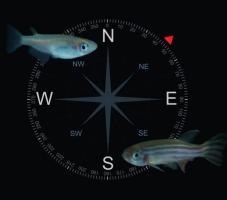 Six years ago,
Six years ago, 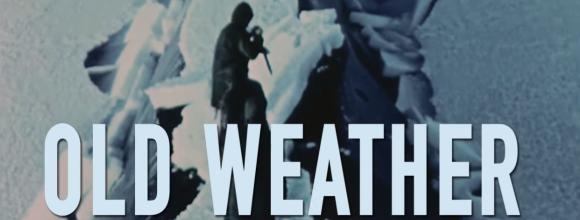 One of the better ways to tell if a model works at predicting the future is to run it in reverse to see how well it predicts the past. Climate change models so far have had their limitations. Most current
One of the better ways to tell if a model works at predicting the future is to run it in reverse to see how well it predicts the past. Climate change models so far have had their limitations. Most current  In addition to more than 24 people who have died in the terrible Australian bushfires, an incredible number of animals have also perished. Estimates of wildlife deaths range from
In addition to more than 24 people who have died in the terrible Australian bushfires, an incredible number of animals have also perished. Estimates of wildlife deaths range from 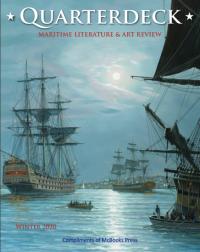 The Winter 2020 edition of
The Winter 2020 edition of  Good ideas are rarely new. Container ships revolutionized liner shipping in the 1960s and 70s. Nevertheless, the idea of carrying cargo in easily handled standardized containers goes back at least 2,000 years.
Good ideas are rarely new. Container ships revolutionized liner shipping in the 1960s and 70s. Nevertheless, the idea of carrying cargo in easily handled standardized containers goes back at least 2,000 years.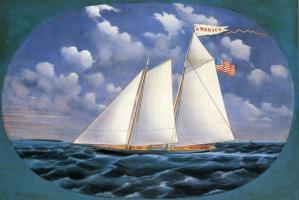 Shortly after winning the Sydney Hobart Race for the third time, the
Shortly after winning the Sydney Hobart Race for the third time, the 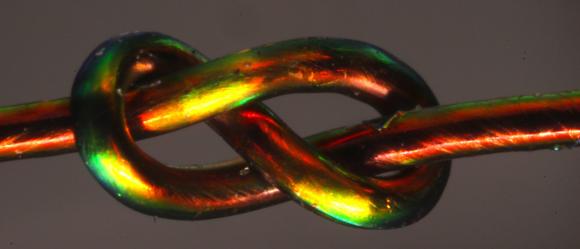 An interesting new technology, involving special fibers that change color when they are under strain, is allowing scientists to analyze the efficiency of knots. The technology is described in a recent paper by a team lead
An interesting new technology, involving special fibers that change color when they are under strain, is allowing scientists to analyze the efficiency of knots. The technology is described in a recent paper by a team lead  Just before the New Year,
Just before the New Year, 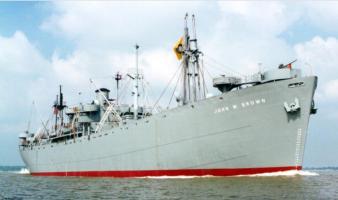 As we have
As we have 

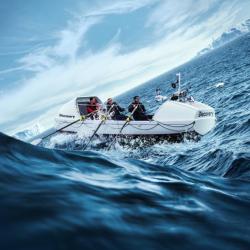 Six men have become the first to
Six men have become the first to  The temperatures in Australia have been hotter than ever recorded in history. Wildfires are raging, filling the air of several cities, including Sydney, with acrid smoke. Drought is choking a significant portion of the country.
The temperatures in Australia have been hotter than ever recorded in history. Wildfires are raging, filling the air of several cities, including Sydney, with acrid smoke. Drought is choking a significant portion of the country.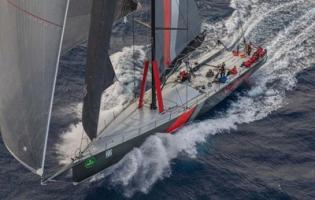 The five 100′ long maxi yachts dominated the 75th sailing of the
The five 100′ long maxi yachts dominated the 75th sailing of the 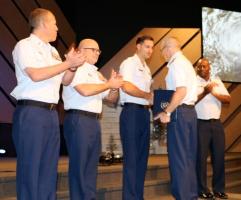 When Category 4
When Category 4 